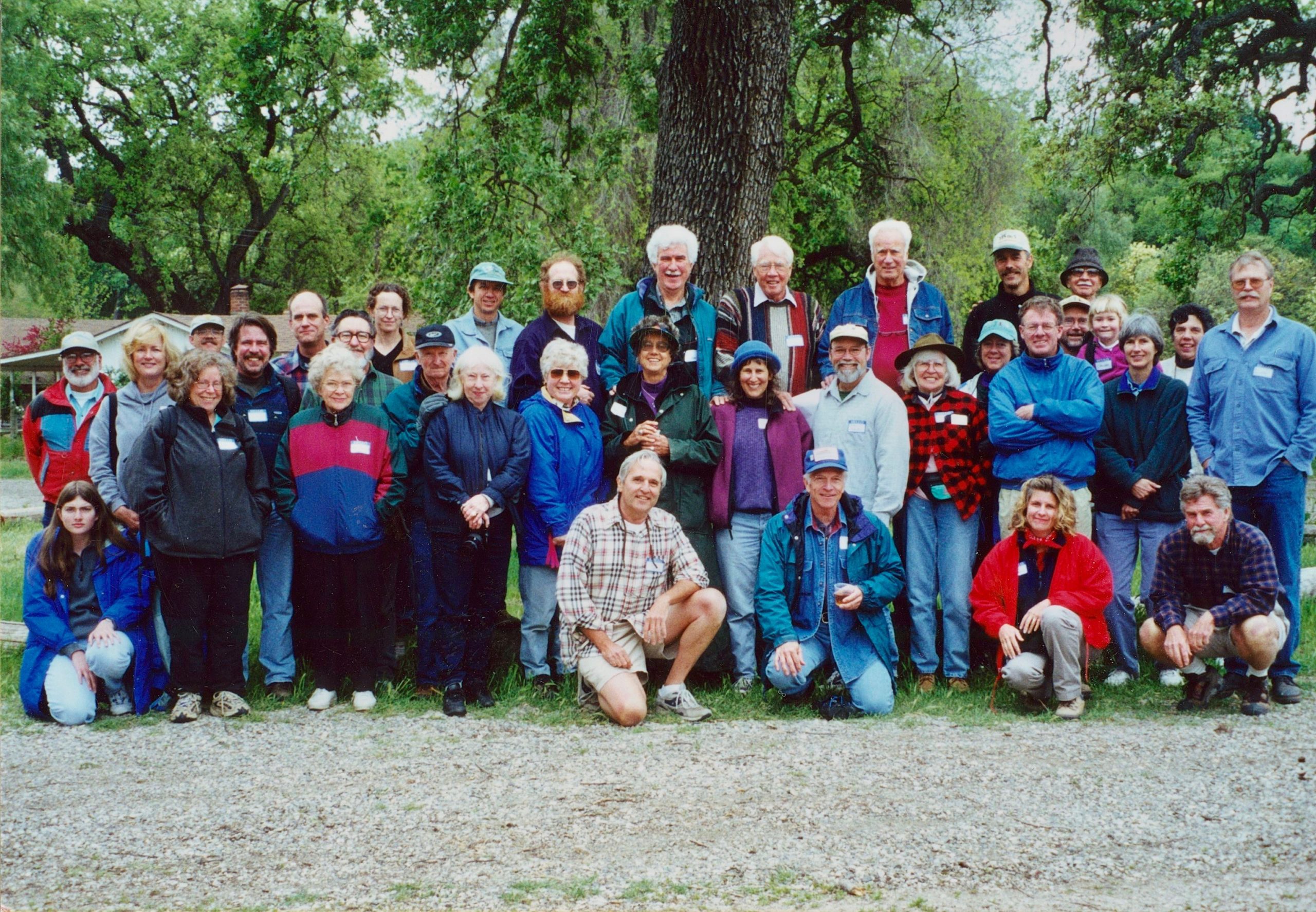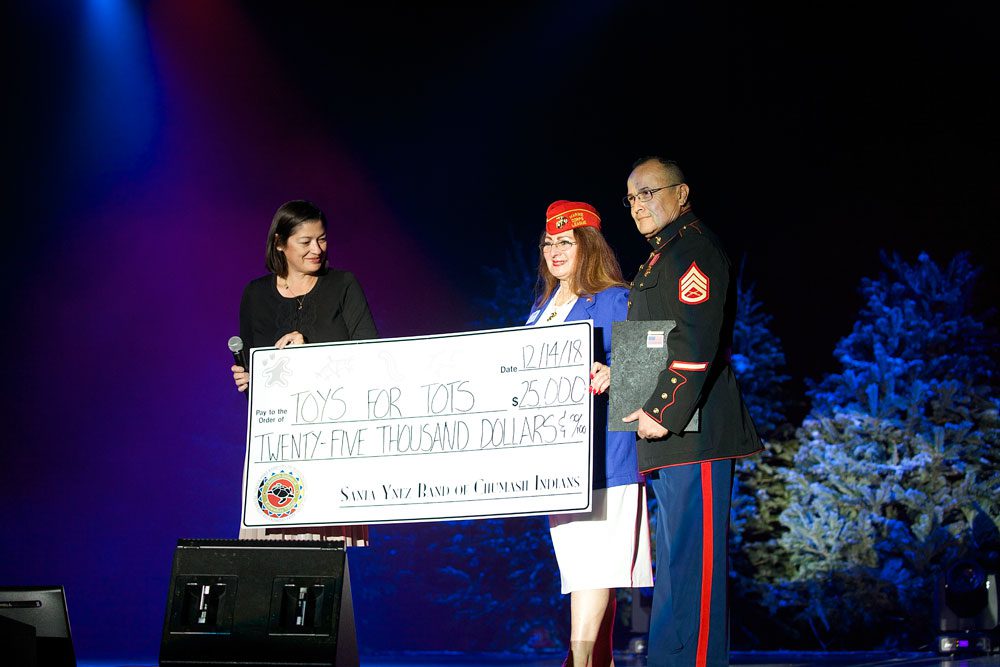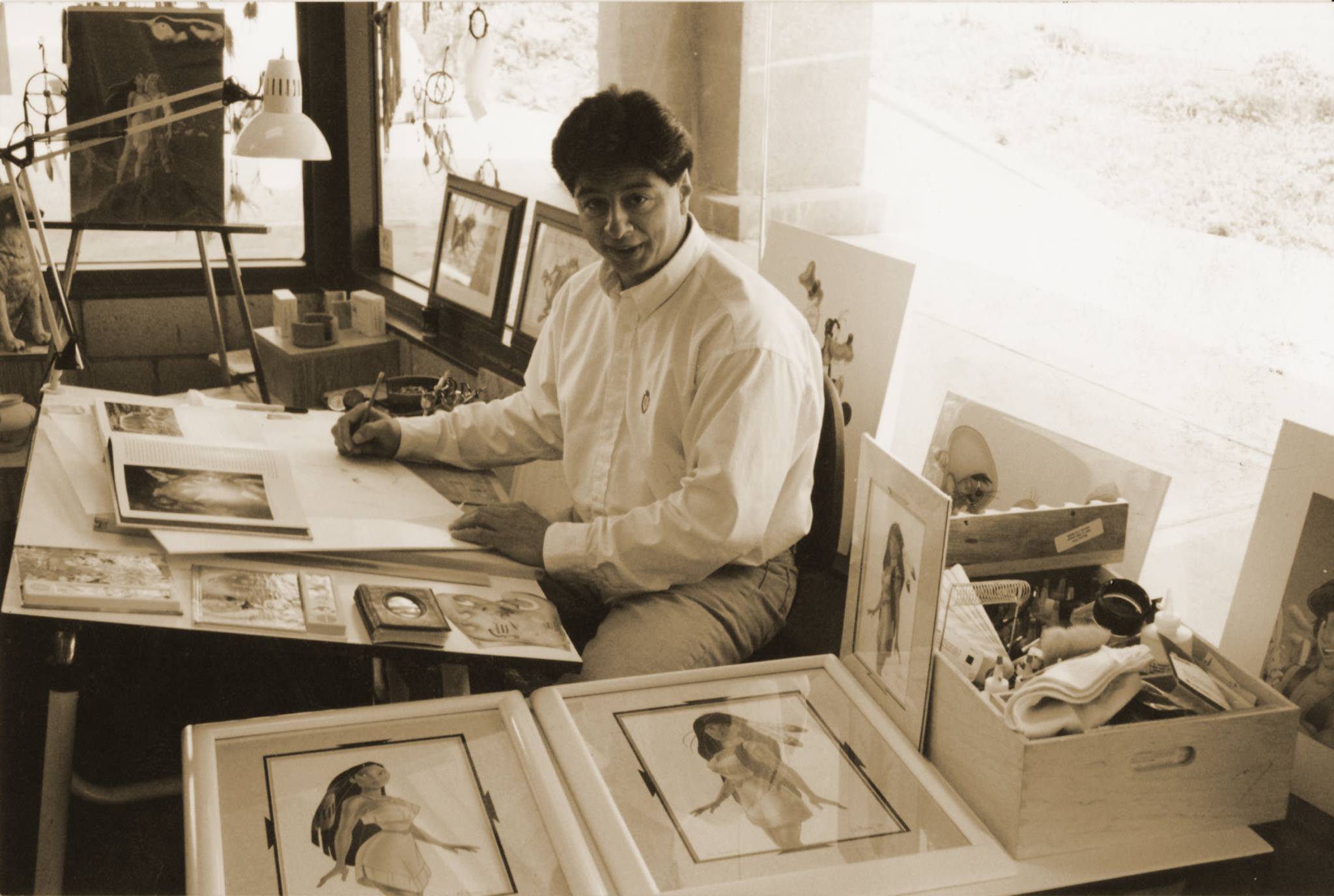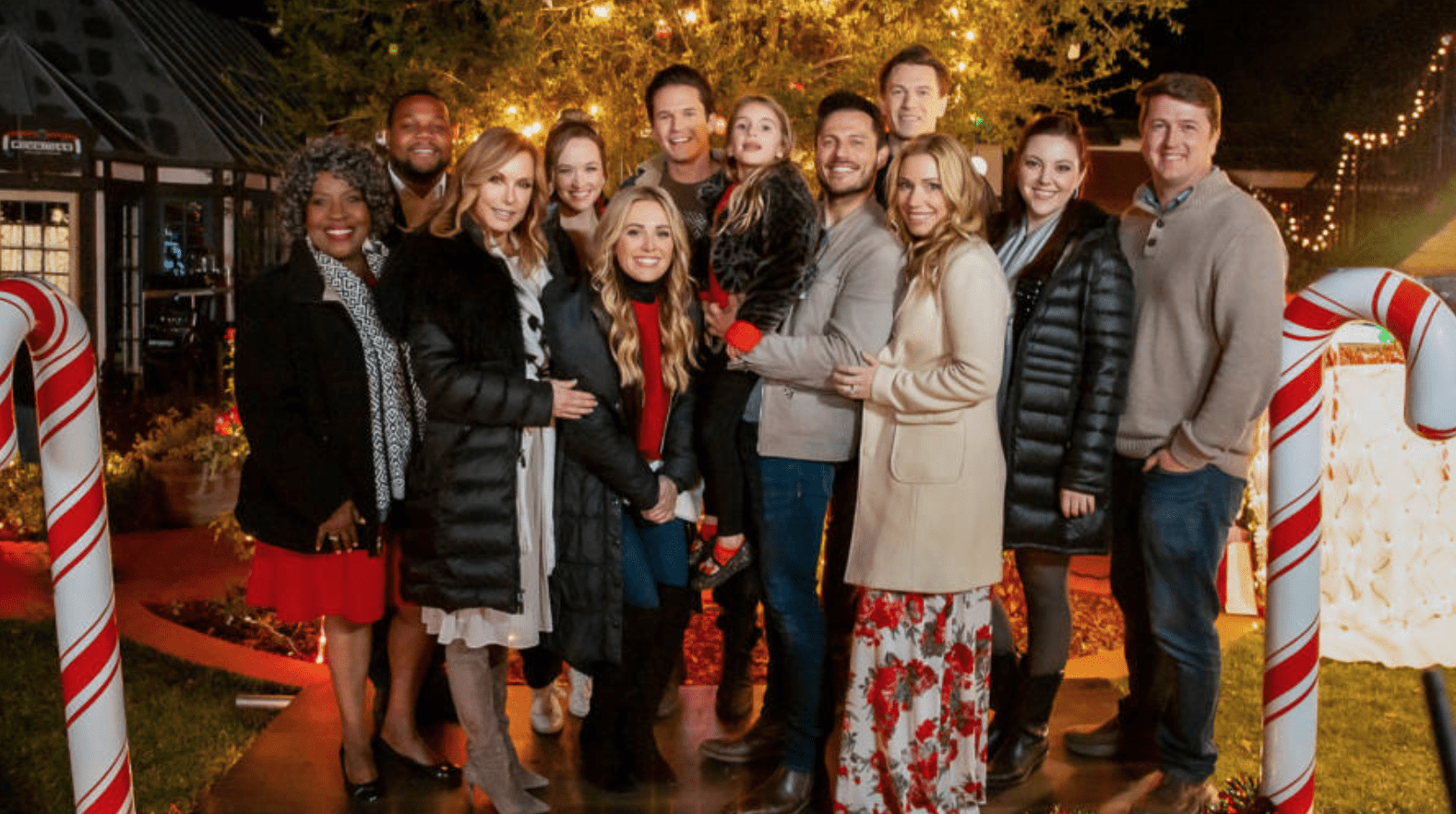By Pamela Dozois
The Santa Ynez Valley Natural History Society was the brainchild of John Evarts, Marjorie Popper and Richard Sage, who saw a need to provide environmental education through public lectures, field trips, and workshops in the Santa Ynez Valley region.
Now they are celebrating their 20th anniversary, and due to the Coronavirus they decided to postpone their event from April 4 to a date to be determined. Visit their website listed at the bottom for more information.
Those wishing to attend are required to register in advance online at www.syvnature.org or call 805-693-5683. Box lunches will be available for purchase online or bring your own lunch and picnic under the oaks.
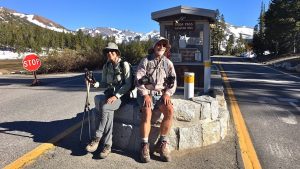
This is how naturalists Marjorie Popper and John Evarts dress when hitting the trail, with cameras, binoculars, day packs and field guides, and trekking poles for off-trail hikes.
The Santa Ynez Valley Natural History Society was the brainchild of John Evarts, Marjorie Popper and Richard Sage, who saw a need to provide environmental education through public lectures, field trips, and workshops in the Santa Ynez Valley region.
“At that time there were concerns in the community about what was happening to the oak woodlands and discussions about how to protect our natural resources,” said Popper, Santa Ynez Valley Natural History Society’s treasurer. “So a group of citizens got together to promote this idea.”
“Marjorie and I both knew there was a hunger for natural history programs in the Santa Ynez Valley before we founded the society, based on the turnout of people at the Solvang Library lectures we held, one on local geology and another on conifers in Santa Barbara County,” said Evarts, the current board president. “That propelled us into starting the Santa Ynez Valley Natural History Society. Valley residents are very interested in the outside world.
“We gathered together a small group of naturalists including Paul Collins, Curator of Vertebrate Zoology at the Santa Barbara Museum of Natural History, Sally Isaacson, botanist and North County rancher who was the Director of Education at the Santa Barbara Botanic Garden, Dr. Michael Williams who was the Director of the UC Sedgwick Reserve, and Dr. Fred Emerson, a wildlife biologist and physician, in an effort to develop our mission for a new nonprofit, the Santa Ynez Valley Natural History Society,” explained Evarts.
“There was also some interest in the tiger salamander which had just been placed on the endangered species list so we invited two of the foremost experts on tiger salamanders, Dr. Bradley Shaffer, UC Davis and Dr. Sam Sweet, UCSB, to give a lecture at St. Mark’s and we had standing room only,” Evarts said. “It wasn’t an advocacy lecture; it was a science-based one. People just wanted to know all about the tiger salamander. We actually had a live salamander for everyone to see. The lecture brought people together to learn about the natural history of the animal. The turn-out was very successful so we used the opportunity to announce the launch of the Santa Ynez Valley Natural History Society.
“We held an organizational meeting at the UC Sedgwick Reserve on April 16, 2000. That meeting attracted almost 40 people. We invited everyone who came to help outline our mission and goals,” Evarts continued. “From that we organized a steering committee and our first year of meetings were held at the Hartley House in Los Olivos, which was the first location of the Wildling Museum.”
Marge Erickson, a local attorney and member of the group, helped the newly formed group to incorporate as a tax-exempt 501c3 nonprofit corporation.
“Out of the brainstorming meetings came ideas for lectures, field trips, workshops and possible ways to do some outreach to students in the Valley,” Evarts said. “The first year of lectures included Western Pond Turtles, Reptiles and Amphibians, Seismology, Natural History of Zaca Lake, Geology of Upper Sedgwick Ranch, and Oak Regeneration in Santa Barbara County and a series of field trips. “Our area has some of the most complex geology in Southern California. And Santa Barbara County has an especially rich biodiversity which makes it such a great outdoor classroom.”
“We are an educational outreach that’s why our goal is to keep our lectures free to the public and our field trips at a low cost,” said Evarts. “We depend on our membership dues to sustain our organization financially. The membership dues go to pay for honoraria and cover other expenses for our programs.
“We didn’t realize when we started this organization that it would have such staying power, thanks in part to the strong local interest in the natural world. We’ve been fortunate to have loyal members, great volunteers and board members. We rely on the dedication and talents of all our members who come from all walks of life,” said Evarts.
“We encourage everyone to join us for our 20th anniversary celebration on April 4 at the Sedgwick Reserve,” said Popper. “It will be a fun day with many hikes and interesting lectures to choose from lots of activities for kids to enjoy. We will even have a cake to celebrate our 20th anniversary. The Sedgwick Reserve requires a head count for those attending the event as it is generally not open to the public. So please remember to go online and make a reservation. Everyone is invited.”
“With the appreciation of our natural environment comes the awareness of what we need to protect and conserve,” said Evarts. “Over the past 20 years, we’ve witnessed some big impacts to the valley’s native flora and fauna. For example, many oaks and pines died during the extreme drought and common bird species like meadowlarks continued their decline from habitat loss. Mindful of the environmental challenges that lie ahead, I hope the society will continue to be a local source of natural history knowledge and to promote a deeper appreciation of our precious natural heritage.”
For more information on their upcoming lectures and field trips, visit www.syvnature.org or call 805-693-5683.

